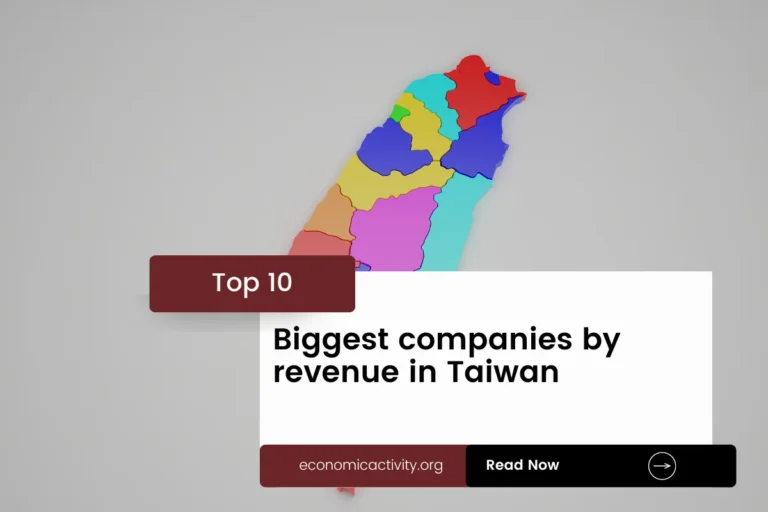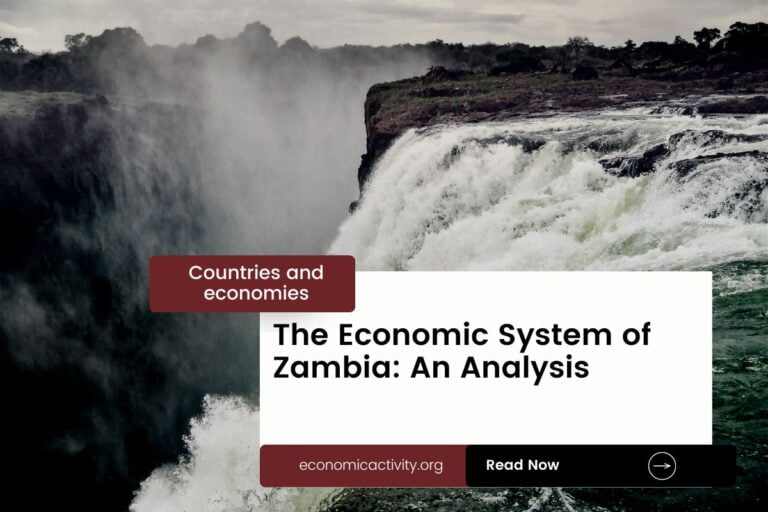Argentina, with a population of 46,234,830, ranks 32nd globally, just behind Sudan. Located in South America, it covers 2,780,400 sq. km, ranking 8th, slightly below India.
Argentina’s economic position in 2022 showcases a GDP of $631,133,384,439.945, ranking 22nd globally, trailing behind Poland with a GDP of $688,125,010,520.52. In terms of GDP per capita, Argentina ranks 64th with $13,650.6046, falling short of Bulgaria, which holds a GDP per capita of $13,974.4492.
Despite facing challenges, Argentina’s economy remains significant on the global stage, with potential for further growth and development.
What are the economic activities of Argentina?
- Primary activities: 10.8% of GDP.
- Secondary activities: 28.1% of GDP.
- Tertiary activities: 61.1% of GDP.

Primary Sector of Argentina
Argentina’s primary sector, primarily focused on agriculture, thrives due to its diverse climate and rich natural resources. With 43.10% of the country’s land dedicated to agriculture, Argentina is a major producer of maize, soybeans, wheat, sugarcane, milk, barley, sunflower seeds, beef, sorghum, and chicken.
Despite agriculture contributing 10.8% to the GDP, its significance lies in the variety of crops and animal products it produces, sustaining the agricultural sector. The top ten agricultural products based on tonnage highlight the country’s agricultural prowess and its crucial role in the economy.
With diverse geological formations, the country boasts rich natural resources such as fertile pampas, lead, zinc, tin, copper, iron ore, and more. These resources drive the economy through agriculture, mining, and energy sectors.
Argentina’s oil production of around 507,337 barrels per day ranks it 18th globally. With reserves of 2,379,702,000 barrels, it holds 0.14% of the world’s oil reserves.
Argentina’s gas production of 39,400 million m³ in 2020 ranks 22nd globally, contributing significantly to the country’s economic activity.
Secondary Sector of Argentina
What is the secondary sector or what are secondary activities?
The secondary sector involves industries that transform raw materials into finished products for consumption. In Argentina, the main industrial products include food processing, motor vehicles, consumer durables, textiles, chemicals and petrochemicals, printing, metallurgy, and steel.
Manufactures in Argentina’s total exports accounted for only 18.95% in 2023, indicating their relative unimportance compared to other sectors in driving the country’s export economy.
Tertiary sector of Argentina
What is the tertiary sector or what are tertiary activities?
The tertiary sector in Argentina encompasses various services where individuals provide knowledge and time to enhance productivity and meet needs. This sector includes intangible goods like advice, expertise, and attention. Key tertiary activities in Argentina are healthcare and medical care, education and training, banking and finance, communication and information exchange, tourism and hospitality, transportation and logistics, and media production and distribution. These activities play a vital role in driving the country’s economy and meeting the diverse needs of its population.
Notably, Argentina’s tourism industry, with 7,399,000 annual arrivals and a ratio of 0.16 tourists per capita, contributes minimally to the nation’s economy. Despite its natural wonders and cultural richness, the sector remains underdeveloped and undervalued, indicating untapped potential for growth and economic diversification.
Another example of tertiary economic activity is the mobile cellular economic sector, boasting over 60 million subscriptions, which fosters technological advancements and connectivity, driving innovation and digital services across various industries.
Military Activities and Economic Sectors of Argentina
The military is a good example of how different economic activities work together. In the primary sector, resources are extracted for military use, like metals for weapons. The secondary sector involves manufacturing military equipment, such as tanks and planes. The tertiary sector includes services like training and support for soldiers. The quaternary sector focuses on military research and development, while the quinary sector deals with high-level decisions and strategies for defense.
In Argentina, the military expenditure for 2023 is about 3.1 billion US dollars, which is 0.41% of the country’s GDP. The active military force has 72,100 personnel, which means there are 2.3 active military members for every 1,000 people in the country. This data shows how the military connects with the economy in various ways.
Biggest company in Argentina
Which is the biggest company in Argentina? The largest company is YPF, with a market value of $3.31 billion. YPF operates in the energy industry, focusing on oil and gas production. Founded in 1922, it plays a crucial role in Argentina’s primary economic sector.
International Trade of Argentina
Import Activities of Argentina

Argentina’s import activities are of high importance, with total imports in 2023 reaching $73.71 billion, accounting for 15.35% of its GDP.
Argentina’s import activities are diverse, with major partners like China and Brazil. Key imports include refined petroleum, vehicle parts, natural gas, fertilizers, and cars from countries like the US and Germany.
Exports Activities of Argentina

Argentina’s total exports in 2023 reached $66,788,515,986.35, accounting for 16.3% of its GDP. This indicates a medium level of importance, highlighting the significant role export activities play in the country’s economy.
Argentina primarily exports soybean meal, corn, soybean oil, wheat, and trucks. Its key export partners include Brazil (15%), China (9%), US (8%), Chile (6%), and India (5%).
Argentina economy challenges in 2024
Argentina, facing economic challenges in 2024, struggles with high debt, inflation, and reduced investor interest. Despite a resource-rich economy and growing trade with China, the country’s tendency to nationalize businesses and under-report inflation hinders progress.




Leave a Reply